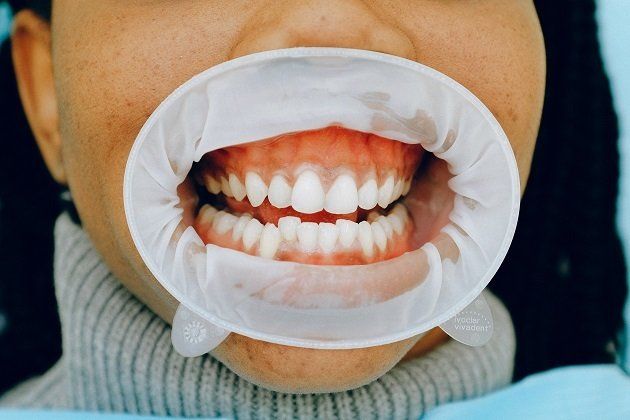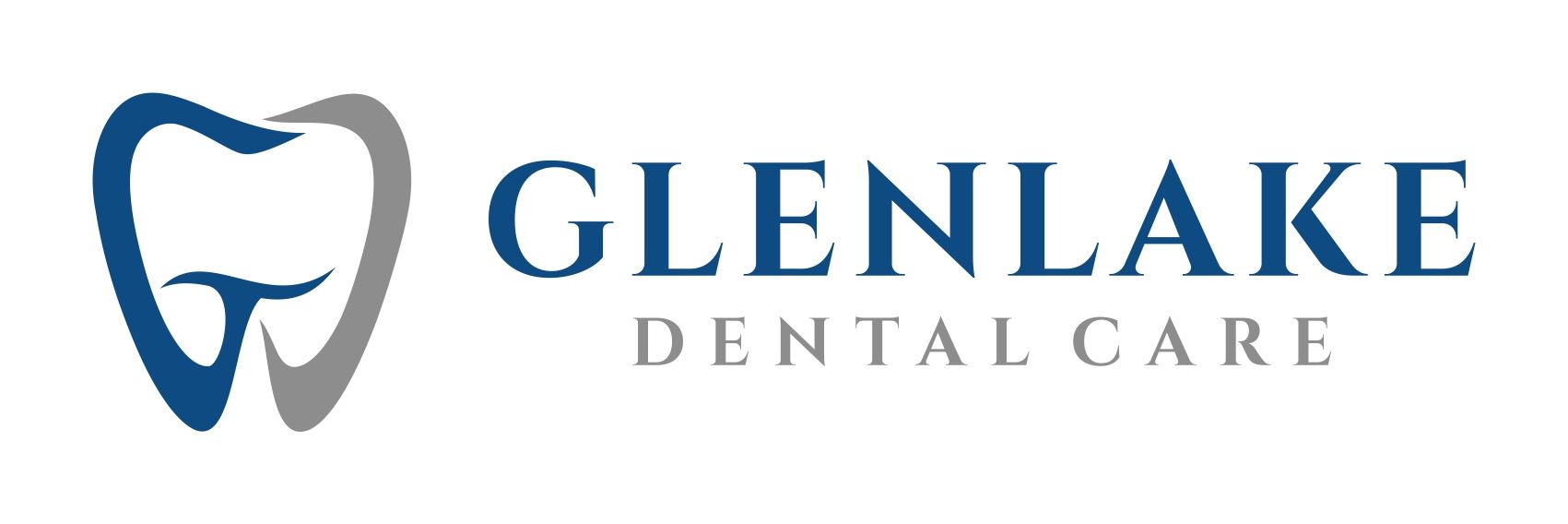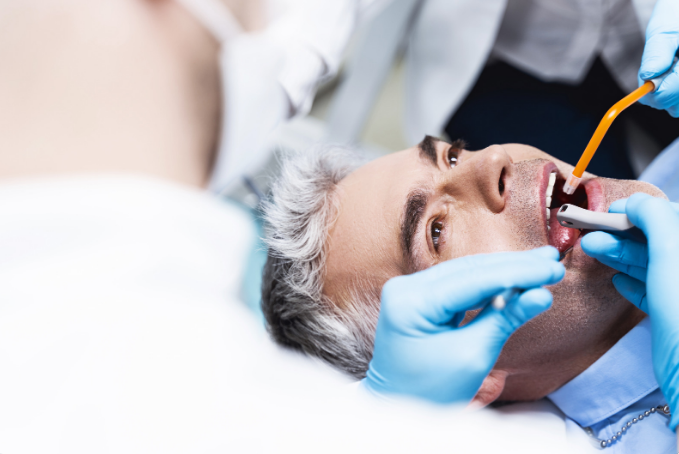What Can You Expect With Treatment of Gum Disease?

Did you know that an estimated 75% of Americans have some sort of gum disease? Research has shown that the risk of disease and stroke increases as the levels of periodontal disease increase.
Clean teeth mean more than just a beautiful smile. Preventative care costs far less than major dental work.
The benefits of keeping your mouth clean cannot be overstated. Read this guide to learn about the causes, early signs, and treatment of gum disease.
What Causes Gum Disease?
Gum disease primarily occurs when plaque accumulates on teeth. This build-up is the result of a poor oral care routine. Other causes of gum disease are:
Smoking
Aging
Shifting hormones
Stress
Family history
The best way to prevent gum disease relies on a regular hygiene routine. This routine should include brushing twice a day, flossing daily, rinsing with an antiseptic mouthwash, and regularly seeing your dentist.
Stages of Gum Disease
The different stages of gum disease are:
Gingivitis
Initial periodontitis
Mild periodontitis
Progressive periodontitis
In the first stages of gum disease, gingivitis, the gums become inflamed. Continuing into initial periodontitis, the gingivitis deepens into the tissues.
As mild periodontitis develops, the tooth's root surfaces begin to deteriorate. Finally, in progressive periodontitis, bone loss occurs from inside the root of the tooth.
Signs of Gum Disease
The first sign of periodontal disease you may see is irritated or bleeding gums. This presents as discomfort when you floss or brush your teeth.
If the gums remain untreated, they begin to pull back. This leaves pockets that food accumulates in.
Other signs include:
Deep pockets underneath the gums
"Long teeth"
Wiggly teeth
Tartar buildup
Bad breath
Red, swollen gums
As soon as you see any of these signs, call your dentist. They can help you know the next best steps.
Gum Disease Assessment
To begin your appointment and gauge how your gums are doing, the dental team will:
Take your medical history
Examine your gums and teeth
Measure the pocket depth of your gums
Make sets of x-rays
These steps will determine which stage of periodontal disease is present in your gums. After that is determined, the proper treatment can begin.
Treatment of Gum Disease
Treatment of gum disease breaks down into two major categories: surgical and non-surgical. The condition of the tissue around your teeth determines the type of treatment you will receive.
Non-surgical gum disease treatment starts with a round of deep cleaning and may include a round of antibiotics. The cleaning consists of root planning and scaling.
Root planning smooths rough surfaces on the teeth above and below the gum line. This helps to remove bacteria in the mouth that contributes to gum disease.
Scaling removes plaque from below the gumline. Dentists use handheld tools or ultrasonic instruments to remove harmful plaque build-up.
Surgical treatments for advanced periodontitis include:
Flap surgery to more effectively clean roots
Soft tissue grafts to reinforce damaged tissue
Bone grafts to replace destroyed bone
Tissue regeneration to regrow bone
Tissue-stimulation proteins to encourage tissue growth
Rest Easy, Smile Often
Treatment of gum disease is not a scary thing. At any point in gum disease development, a Glenview dentist and his team can help you.
Call today to book an appointment with the team at Glenlake Dental Care.










